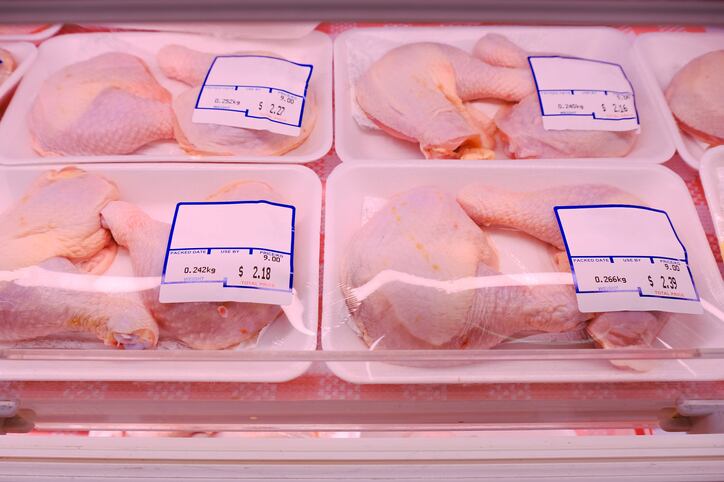Analysis of 2.2 billion shopper transactions globally from the third quarter of 2020 through the second quarter of 2021 revealed that as inflation began driving up grocery prices across categories a fast-growing majority of consumers counter-intuitively opted to prioritize quality regardless of price – demonstrating a willingness to pay more for the products that they want.
According to the research, nearly 1.5 times more customers during the review period adopted a “quality” mindset than those who migrated down to become more price sensitive. As a result, between the third quarter of 2020 and the end of the second in 2021 quality-customers grew 10% to account for 43% of revenue (up 2 percentage points from the prior year), compared to price-focused shoppers who declined 6% and saw their revenue distribution drop 2 percentage points to 26%.
While quality-focused customers represent a significant opportunity for retailers, grocers should not over look price-sensitive shoppers, without whom retailers could not grow their business, said Charisse Jacques, senior vice president of global customer-centric retail services at Symphony RetailAI.
“For many traditional grocers, that price-sensitive shopper is a large portion,” and they are important to understand because there are some categories that they favor and which will suffer disproportionately if they leave because they are unable to absorb price increases, she explained.
Fresh meat, poultry and dairy hit hardest by price sensitive shoppers pulling back
“There are some subcategories that are more important to price sensitive shoppers, and they tend to make up the majority of the spend in that particular category, including meat, poultry and dairy,” she said, noting that as price increases keep these shoppers at bay, these categories have failed to bounce back since the pandemic began.
Given that fresh categories often are used as loss leaders by retailers to drive storewide foot traffic and increase visit frequency, having these segments decline could threaten sales across the store.
For example, Symphony RetailAI found, monthly fresh purchases were about twice that of frozen at 24.8% compared to 11.1%. Likewise, fresh items make up about 43% of the basket compared to 6% of frozen or 29% of ambient or shelf-stable options.
Personalized promos keep price-sensitive shoppers engaged
Given the importance of these consumers to select categories, Jacques recommends retailers and brands leverage targeted and personalized promotions to keep them engaged in those departments and spending at levels more akin to pre-COVID.
“It is so important to understand the shoppers and not treat them all the same. You’ve got some that are more sensitive to price,” and will seek and respond to promos, and others who want more premium offerings that respond to their desire for increased quality, she said.
She explained for this to succeed, Symphony RetailAI helps retailers understand shoppers’ sensitivity first to price and then promotions so that marketing dollars more effectively drive sales not just in the impact category but across the store as well.
She also recommends retailers and brands in important segments improve displays to draw the attention of price-sensitive shoppers to areas where they are reinvesting.
To ensure promotions are effective and best know when and how to rotate them, Symphony RetailAI also recommends retailers and brands benchmark “problem child categories” so they track the impact of investments and know how much and when to reinvest in price and promotions.
This becomes particularly important given the volatility of the inflationary environment, currently, and for planning purposes as inflation improves, said Jacques. She explained that she does expect inflation to improve, but notes that retailers and CPG manufacturers will be slower to respond, but that personalized and strategic promotions can help offset negative impacts as the market rebalances.




